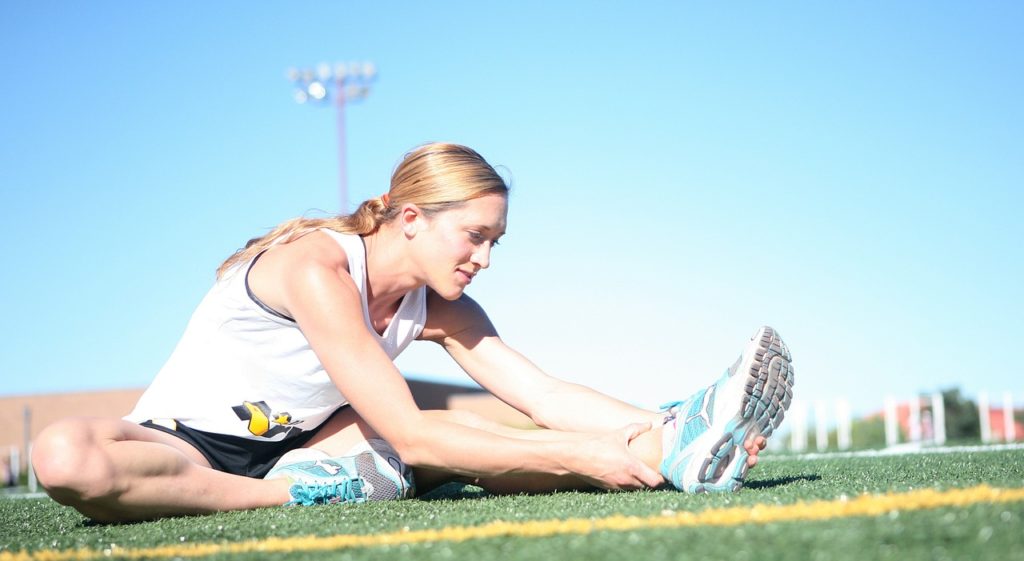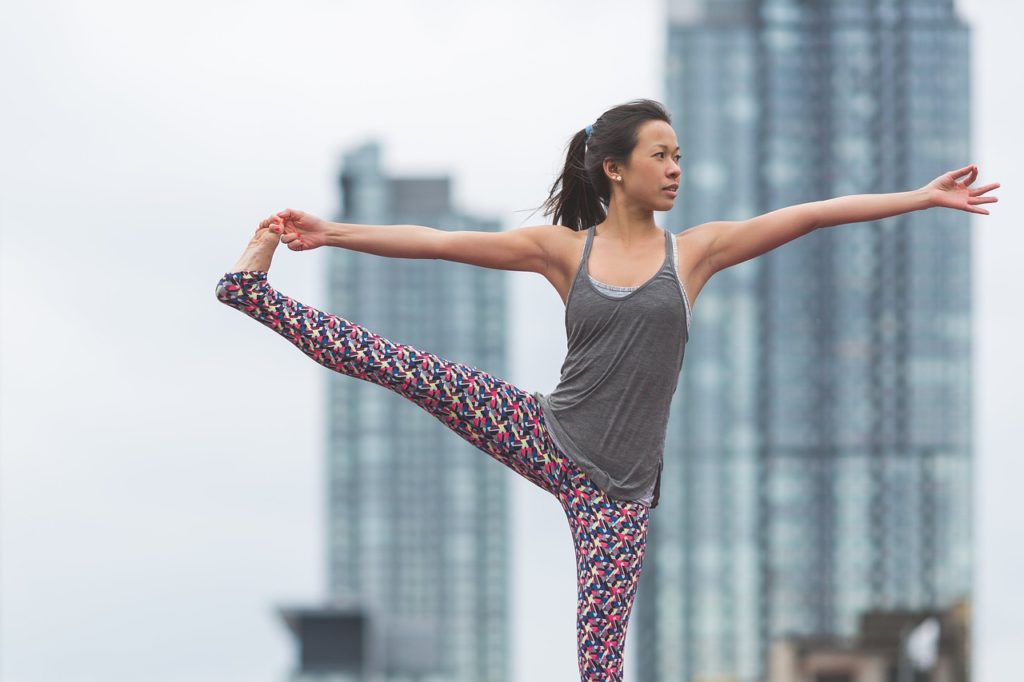Nobody can 100 per cent say that stretching can directly decrease the risk of injury, but most podiatrists or physiotherapists recognise that stretching can have an indirect benefit via improving muscle tone and flexibility of the body. Stretching is one of the oldest forms of training with roots in martial arts, yoga, ballet, dance and performing arts such as gymnastics. So it must have some benefit!
Stretching is most commonly employed as part of a warm up, particularly in sport. But again that doesn’t mean we are correct in what we’re doing, so we invited Tim Maiden of The Foot Practice to get an insider's perspective on what we should be mindful of, pre- and post-race!
6 Types Of Stretching
- Static stretching – this is the most common used in both warm ups and by individuals therapeutically, involving simply taking a muscle's point of origin away from where it inserts.
- Dynamic stretching – another tool used by athletes involving slow active movement progressing towards quicker movements through the muscle's full range of movement.
- Ballistic stretching – a more aggressive type of stretching similar in fashion to dynamic stretching.
- PNF stretching – this involves taking the muscle through a static stretch but then contracting the stretched muscle without allowing it to shorten again, after five seconds you then stretch the muscle further.
- Neurological stretching – this is geared towards applying a stretch to a specific nerve, such as the sciatic nerve. This should not be carried out without the supervision or recommendation of a suitably qualified therapist.
- Fascial stretching – in addition to neurological stretching, this is often directed from a specialist, involving more than one muscle complex.
So Which Should You Do?
Warming up before activity in most cases will reduce injury risk, but the type of stretching chosen is often not appropriate.

Research has indicated that combined stretching and movement training can improve muscle tone and body function. However, researchers have also found that static stretching prior to exercise can in fact reduce muscle strength and power, to the detriment of performance (Fowles et al., 2000). Overall, the literature suggests that static stretching pre-exercise has a negative effect or no effect on strength and power and is best avoided in this scenario.
Dynamic stretching on the other hand has been shown to improve muscular performance (Yamaguchi & Ishii, 2005). Which I think needs to be more widely known, each Sunday morning on East Coast Park I see heaps of people performing static stretches getting excited about their runs, if only they knew!
Static stretching is a great therapeutic tool, but we only recommend as either a separate session or post exercise. As mentioned dynamic stretching has been shown to be of use pre-exercise in improving performance and can also improve tissue elasticity.

Here in Singapore, the huge majority of us are stuck in static positions for long periods during our daily life. We see huge benefits from stretching as it helps regulate our muscle tissues and helps to combat the changes in posture that can occur from sitting for prolonged periods. For example, if you are a runner with stiff hips and thorax, this will not only affect your lower back and hamstrings but it could also limit your ability to take in oxygen which then can affect your performance.
At The Foot Practice, we encourage inclusion of stretching as part of your training regime for long term conditioning. Dynamic stretching should be included pre-exercise, while static stretching is best used to improve flexibility in between training sessions. It should also be noted that having great flexibility, but being unable to control these extreme ranges of motion, could increase injury risk.
Therefore, stretching should not be used in isolation but alongside other physical training methods to improve overall body control. Stretching alone will not prevent injury – nor will it treat injuries – without other complementary interventions such as podiatry, physiotherapy, resistance training and plyometrics.
In Summary
Stretching has many benefits for you and your training programme. You should use dynamic stretches as part of your warm-up and simple static stretches after training to ensure you prepare and get the most out of your workout. Include stretching in your regular exercise routine!






Comment (0)